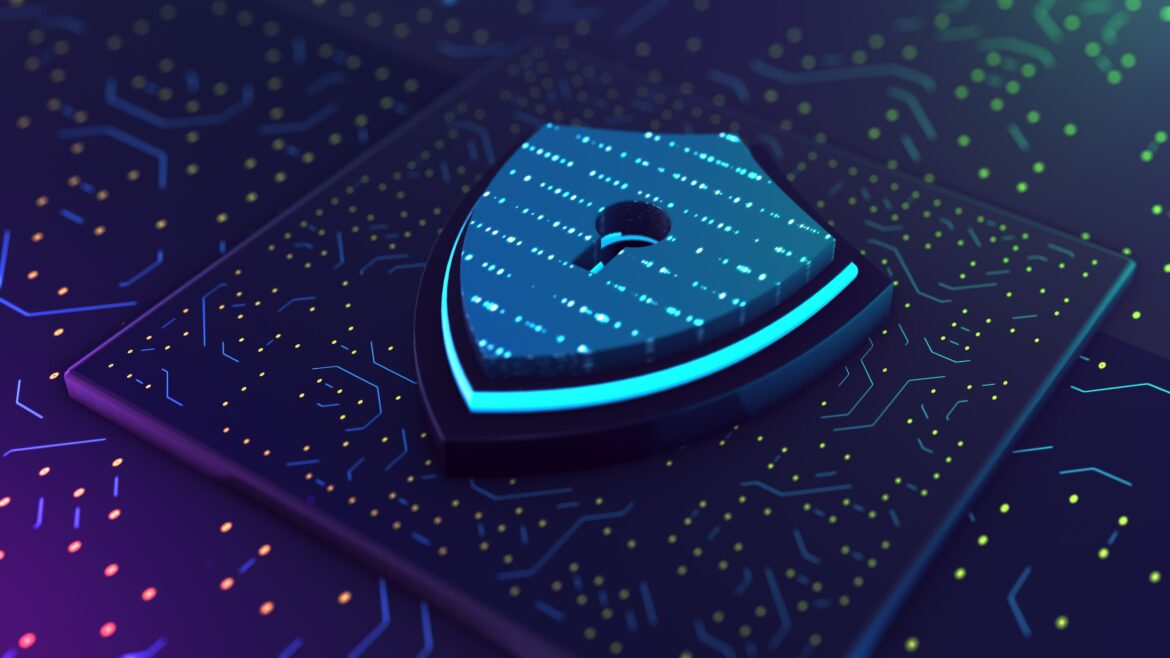Have you heard of seven-layer salad? How about the seven layers of defense?
In the world of cybersecurity, there is a constant battle to protect our information. As the world moves deeper into the digital age of security, the defenses credit unions provide as holders of sensitive information are becoming ever more critical and the tools to perform breaches are becoming more advanced. Having your members’ sensitive information locked down is vital as it builds the trust of your clients in any industry, and trust is key to doing business.
Cybercriminals are just that, criminals, and they are looking to take anything they can to benefit not only themselves but any others they may be working for. Any information that is available to them can be used to help them piece together many facets of your credit union and your members.
To keep these criminals out of your members’ data, you need to understand and reinforce your seven layers of defense.
The seven layers
So what makes up the seven layers? What purpose does each one serve, and how can we best strengthen each layer in order to keep cybercriminals out? Let’s break it down layer by layer and examine what each of the seven layers of defense looks like.
-
The human layer
This can often be regarded as the most vulnerable layer.
This layer involves implementing practices and policies that ensures contractors, employees, and other users do not fall into the clutches of phishing and other attacks. Phishing attacks are the most frequent due to a lack of knowledge or training. These are simple threats that can have a large impact.
As an example, a simple phishing attack can include USB drop tests, in which an employee finds a USB drive lying on the floor, thinking that it may have been dropped by a sub-contractor. The employee put this into their machine (possibly out of curiosity) and unknowingly this USB could contain a harmful malware program, thus potentially affecting the entire entity’s hardware and software company-wide.
To keep this from happening, constant education and awareness tactics are needed.
-
Perimeter security layer
This second layer of defense, the perimeter security layer, is like the walls of a fortress or castle. It serves to protect the network by controlling all the incoming and outgoing network traffic. This is based on previously established security policies.
The core of this layer involves implementing equipment such as firewalls and intrusion detection as well as intrusion prevention systems and VPNs that help create a barrier between your secure network and untrusted external networks such as the internet.
-
The network layer
The network layer manages and protects the communication between applications and the devices on your network. This is a very crucial layer as it employs various security measures and controls to prevent attackers from intercepting and tampering with information as it travels over the network.
An example of network layering includes the use of secure protocols like HTTPS, as this employs segmentation to separate sensitive parts of the network from less sensitive ones.
-
Application security layer
This layer’s focus is keeping software and devices free of threats. Secure coding practices are vital here, as the vulnerabilities in the application can serve as entry points for cyber threats.
An example of an application security measure includes regular scanning and testing to identify and remedy any vulnerabilities by applying Web Application Filters (WAFs) to help prevent SQL injection and cross-site scripting.
-
Endpoint security layer
The endpoint security layer concentrates on safeguarding individual devices connected to the network. These include computers, laptops, smartphones, tablets, etc. Since these endpoints serve as access to the network securing the devices is crucial.
An example of endpoint security is to employ antivirus programs that can detect and monitor threats and block malicious activity. These anti-virus programs ensure that even if a device is compromised, the threat will not propagate through the network.
-
Data security layer
This layer is dedicated to protecting the data that resides inside the network. Its focus is to maintain confidentiality, integrity, and availability. A prime example of this is encryption. This is a security measure where sensitive data is converted into a coded format to prevent unauthorized access.
Another example is employing backup solutions and establishing robust access controls to safeguard from data loss and exposure and ensure that only authorized personnel can access sensitive information.
-
Mission-critical assets
The final layer, the mission-critical assets layer, focuses on safeguarding assets that are key to any organization’s operations and business continuity. These could include proprietary software, essential hardware, or sensitive customer data.
Good protection strategies involve implementation of layered defenses, intrusion detection, prevention systems, and robust access controls. An example of this layer would be regularly patching mission-critical applications to ensure that vulnerabilities are addressed in a timely manner to minimize the risk of exploitation.
Fortify your defenses
In the rapidly evolving world of cybersecurity, possessing an understanding of these multi-layered defense tactics is crucial and indispensable to the security of your business, especially in the volatile realm of information technology.
Making the right decisions with software, hardware, and defense tactics is an ongoing chess match with the enemy. Anytime you can build layers of defense for your IT network, that is another layer that will help protect your information, hardware, credit union, and members.
































































